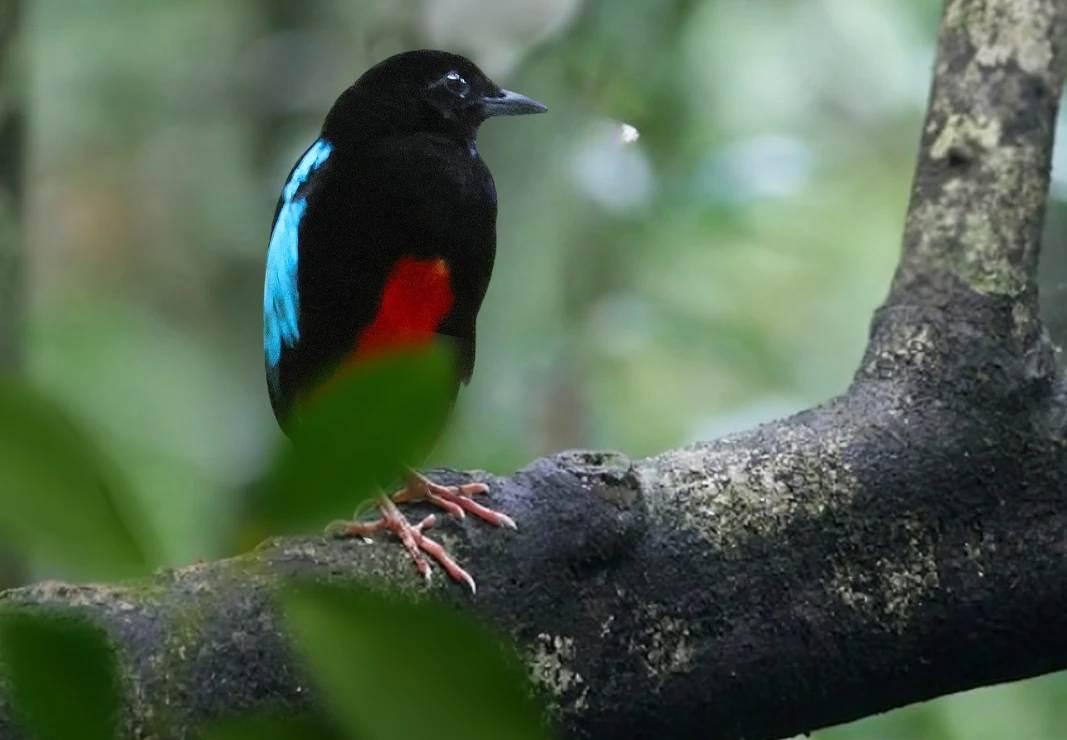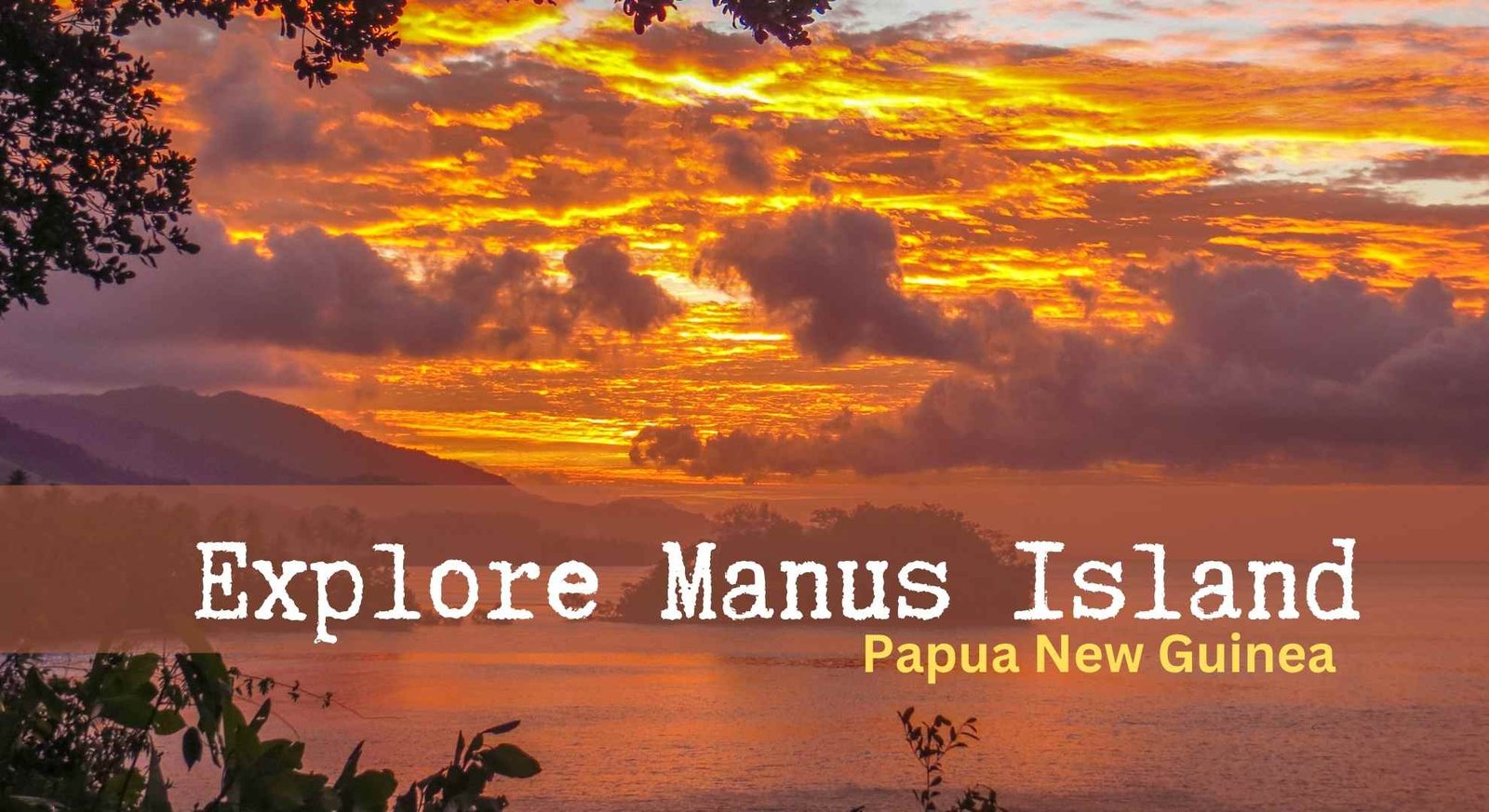Peru Birding Tour Report 2023
Home › Peru Birding Tour Report 2023
Encountering Tigers in the Wild: Exploring India’s Top Tiger Reserves
Day 1: Arrival in Lima and the Search for the Inca Tern
We arrived in Lima early in the morning, around 6:30 AM, on a flight from the U.S. Without wasting any time, we set off directly for Pucusana, a picturesque coastal town about two hours away, famed for its rugged cliffs and as a prime site to see one of our dream birds—the Inca Tern. The drive along the seashore was striking, and for those visiting Lima for the first time, it was a fittingly dramatic start.
By 9:00 AM, we reached the harbour, where a small boat awaited us. It ferried us across a channel to the cliffs where Inca Terns are known to roost. The sea was choppy, and the boat rocked considerably, adding a touch of adventure to the short crossing.
We carefully disembarked onto a small pier and made our way to the viewing area. At first, the site seemed quiet, save for gulls, pelicans, and cormorants. Our local guide reassured us that the terns would soon arrive. Sure enough, after about 20 minutes, a flock of 20–25 Inca Terns swept in. Their piercing calls, elegant dives, and brilliant plumage—red beaks and signature white moustaches—made them easily among the most striking terns I had ever seen. We spent nearly 90 minutes photographing them, capturing feeding behaviour and courtship displays. I used a 70–200mm lens to get crisp close-range shots without causing disturbance.
Pantanos de Villa Wetlands
Following lunch, we visited Pantanos de Villa, a wetland reserve known for its rich birdlife. The area was teeming with waterbirds such as Cinnamon Teal, White-cheeked Pintail, American Oystercatcher, Black Skimmer, Gray-hooded Gull, and Whimbrel. A special moment was spotting a Peruvian Dove, recognisable by its purplish-blue eye ring.
The afternoon sun produced a shimmering heat haze that made photography slightly challenging. We stayed until about 3:00 PM before returning to the airport for our evening flight to Tarapoto—marking the beginning of our Amazonian chapter.
Day 2: Tarapoto to Waqanki Lodge – In Pursuit of the Rufous-crested Coquette
After arriving in Tarapoto the previous night, we stayed at a conveniently located hotel near the airport. At 5:00 AM, we departed for Waqanki Lodge. A light breakfast was taken en route, and by 7:00 AM, we had arrived.
Waqanki Lodge, a serene birding sanctuary, features vibrant gardens, forest trails, and a hummingbird feeding station that attracts a variety of species including the Black-throated Mango. Our priority, however, was the dazzling Rufous-crested Coquette.
We were barely settled when a female Coquette appeared. Though not as ornate as the male, it was a promising start. The lodge staff, familiar with the habits of this elusive hummingbird, guided us to likely perches. After about an hour, the adult male appeared, his ornate crest and iridescent colours stealing the show. From the top tier of the lodge’s three-level observation deck, I secured decent images, though I continued seeking better light and cleaner backgrounds.
Later, while exploring the surrounding vegetation, we were surprised by a flock of Paradise Tanagers. These brilliantly coloured birds landed just metres away, offering rare photographic opportunities. Other species kept the trails lively, though the Ferruginous Pygmy Owl remained elusive. The day concluded with a delicious meal and a peaceful overnight stay at the lodge.
Day 3: Arena Blanca Reserve and Oilbirds at Moyobamba
We left early for Arena Blanca Reserve, a haven for ground-dwelling species. Hides and feeders here offered us views of Cinereous Tinamou, Little Tinamou, and, to our delight, Rufous-breasted Wood Quail. Hummingbirds were active too, including a resplendent Wire-crested Thorntail and another brilliant Rufous-crested Coquette. At the tanager station, a striking Magpie Tanager made an appearance. Unfortunately, intermittent rain challenged our photography throughout the day.
Our next destination was Moyobamba, home to one of the finest oilbird viewing sites in South America. These nocturnal, fruit-eating birds roost in a gorge just off the roadside.
As we passed by in the morning, their eerie echolocation calls echoed through the misty ravine. We returned late morning when sunlight reached the gorge. Dozens of Oilbirds were now visible—up to 50 or 60 pairs roosting in the rocky crevices. The atmosphere was surreal, with the haunting calls of oilbirds mixing with the squawks of White-eyed Parakeets. Despite the low light, I managed a few respectful, flash-free shots.
After this memorable experience, we made a brief stop at a nearby feeder station before continuing our journey.
Day 4: Owlet Lodge Detour and the Marvellous Spatuletail at Huembo
Our itinerary originally included Owlet Lodge, but due to pandemic-related maintenance closures, we were unable to access the site. However, a nearby hummingbird spot offered a fine consolation. There, we saw Royal Sunangel, Peruvian Racket-tail, Silver Tanager, and Flowerpiercers—small nectar thieves with needle-like bills.
That evening, we reached Huembo Lodge, famed for sightings of the Marvelous Spatuletail. This incredible hummingbird was high on our list.
We climbed for about 45 minutes to reach a remote feeder site. Though several feeders were active, the Spatuletail avoided them, preferring to feed on wildflowers. We had fleeting glimpses of one adult male and one sub-adult in dense foliage. Photography was tough—poor light, cluttered backgrounds, and hyperactive movement challenged our efforts. I managed a few usable shots but remained unsatisfied.
Later that day, our guide took us to another hidden viewpoint where, after crawling through dense vegetation, we witnessed an adult male performing an elaborate courtship display—fanning its distinctive spatule-shaped tail feathers. Though the site was too enclosed for photography, observing this behaviour was deeply rewarding.
Day 5: Attempt for the Long-whiskered Owlet and Setbacks
Another target species was the Long-whiskered Owlet, among the rarest owls in the world. In the afternoon, we travelled 1.5 hours to a known site. The journey passed through lively villages where the World Cup spirit was alive—football matches played on roadside screens as locals gathered in celebration.
On arrival, our guide met with local community leaders. A tense discussion followed. Unfortunately, due to unresolved land disputes and COVID-related restrictions, access was denied. Despite our respectful requests, the decision stood.
Disappointed but understanding of the situation, we made our way back and prepared for the next leg of our journey.
Days 6–7: Cusco, High-Altitude Birding, and Machu Picchu
After flying from Lima to Cusco, we settled into a charming heritage hotel. Early the next morning, we headed to a high-altitude lake near the Urubamba River, set at 4,000 metres. The landscape, reminiscent of the Himalayas, was stark and beautiful.
Highlights included:
Andean Lapwing – Cooperative and elegant, seen in good numbers.
Andean Flicker – Common but tricky to photograph in harsh light.
Andean Goose – A distant pair prompted a careful 1.5-hour stalk across boggy ground. Despite thin air and challenging terrain, I secured full-frame images.
Other sightings included Puna Ibis and Yellow-billed Teal. After birding, we rushed to the train station for Machu Picchu.
On the way, we stopped to search for the Bearded Mountaineer, a dazzling endemic. After several attempts, including a feeder visit, we found one just before our train departure—completing our hummingbird wishlist.
The Machu Picchu visit itself was spellbinding. Two days immersed in Incan engineering, ancient stonework, and vibrant markets were a fitting cultural complement to our naturalist pursuits. During lunch by the river, we spotted a Torrent Duck, an agile swimmer in turbulent waters—an exhilarating surprise.
Final Chapter: Into the Amazon – Tambopata Reserve
Keen to experience the Amazon, we made a last-minute decision to visit Tambopata. No flights were available, so we boarded an overnight bus, arriving around 6:00 AM. From there, a four-wheel drive, boat ride, and final leg by foot brought us to a remote rainforest lodge by 11:00 AM.
The lodge was magnificent—elevated walkways, hammocks, and immersive forest sounds. After lunch, we climbed a 40-metre canopy tower for sweeping views of the forest.
From the tower, we observed:
Pavonine Quetzal
Purple-throated Fruitcrow
Golden-collared Toucanet
Nunbirds
Black-throated Trogon
Ferruginous Pygmy Owl (day-roosting)
White-throated Toucan
The next morning, we visited the iconic clay lick, where hundreds of macaws congregated in a riot of sound and colour. On the return, we saw a flock of shy Orinoco Geese along the river. Photographing from a moving boat was challenging, but the moment was unforgettable.
That afternoon, we revisited the canopy tower and photographed Paradise Tanagers up close—jewels against the green canopy.
On our way back, a final surprise awaited: a group of White-winged Trumpeters crossed our path. Skittish and rare, these forest dwellers added a perfect finishing touch.
Reflections and Return
Our final night in the Amazon was peaceful. The following morning, we journeyed back to Lima and onward to the United States.
This journey across Peru was more than just a checklist of birds. It was a full-spectrum immersion—from coastal cliffs and cloud forests to ancient cities and the dense Amazon. Each region, each species, each encounter offered something profound. And throughout, the presence of our skilled team—local guides, lodge hosts, trackers, and coordinators—made the experience seamless and enriching.
I return with full memory cards, a heart full of awe, and deep gratitude for the wild spaces of Peru.
Latest Post

Papua New Guinea Bird Photography Tour Report – 2024

Chasing the Super Pitta: A Journey to Manus Island
